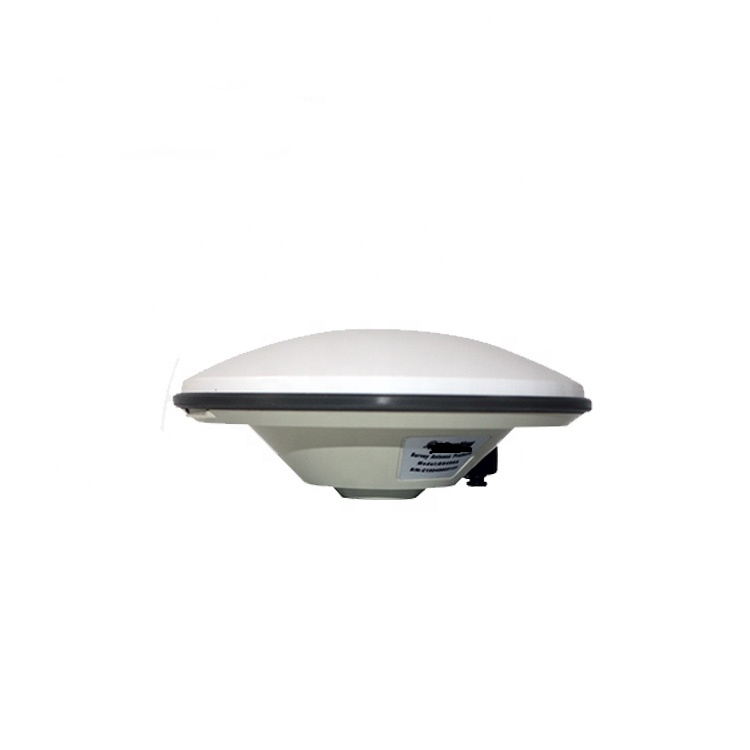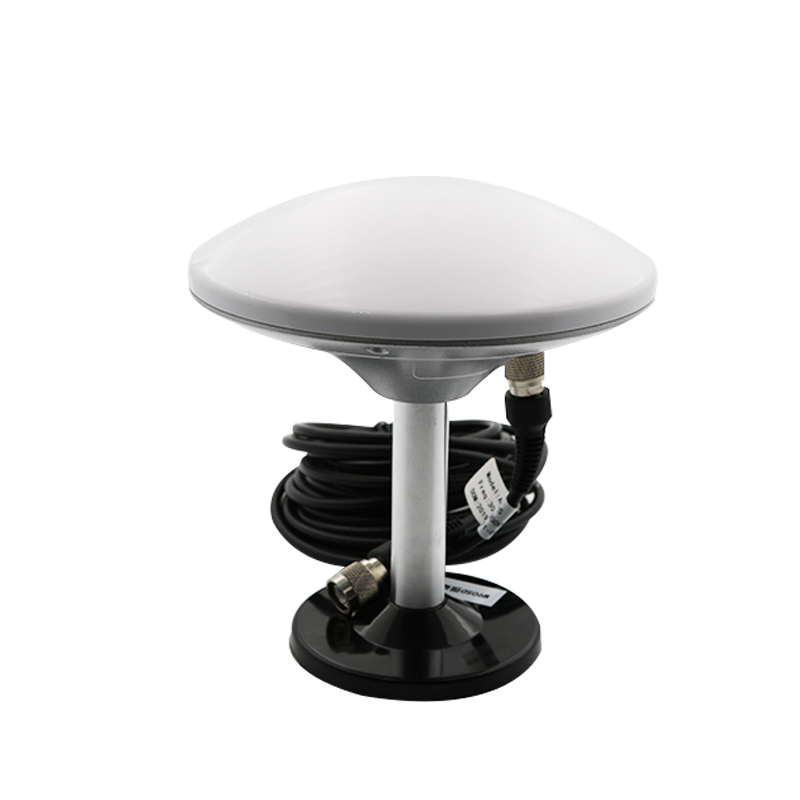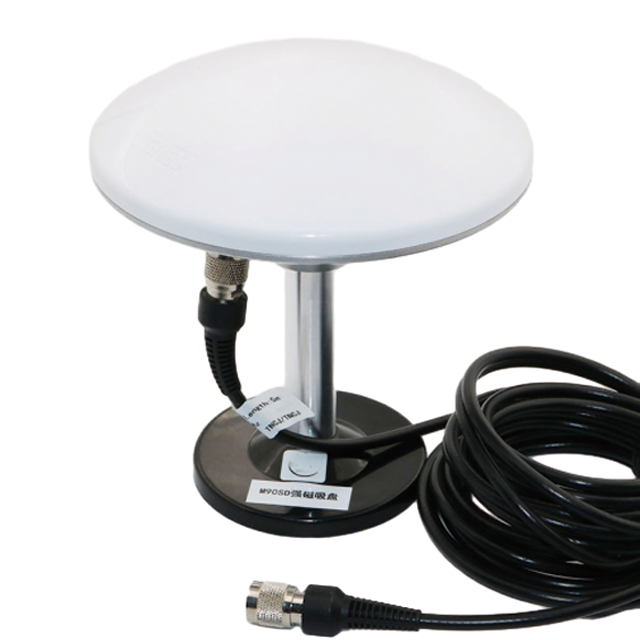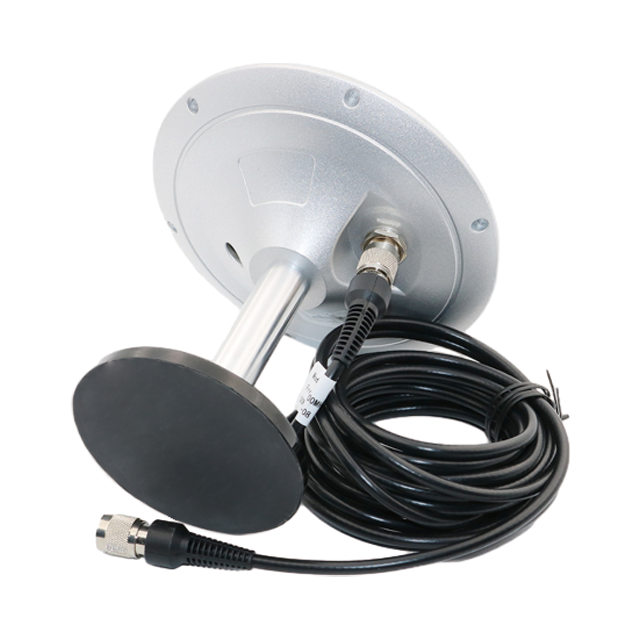Waterproof GNSS marine antennas are fundamental to a vast array of applications on the water, from recreational boating to critical scientific and military operations. Their role is evolving with new technologies.
Applications:
Recreational Navigation: The largest application area. Integrated into chart plotters, multifunction displays (MFDs), and autopilots on yachts, sailboats, and powerboats to provide essential position, speed, and course-over-ground data for safe navigation.
Commercial Shipping: Used on container ships, tankers, and freighters for ocean navigation, port maneuvering, and as a primary position source for the Automatic Identification System (AIS), which is mandatory for large vessels to aid in collision avoidance.
Fishing Fleet: Critical for commercial fishing vessels for navigation to fishing grounds, track plotting, and as an integrated sensor in sophisticated fishery management systems. The antenna's durability is key in this harsh working environment.
Search and Rescue (SAR) and Law Enforcement: Coast Guard and police boats rely on highly accurate and reliable GNSS for coordinating operations, tracking vessels, and ensuring their own safety in all weather conditions.
Hydrographic and Scientific Survey: Specialized survey vessels use high-precision GNSS antennas (often capable of RTK or PPK) to accurately map the seafloor, conduct oceanographic research, and monitor underwater infrastructure. These antennas require exceptional phase stability.
Military Naval Operations: Warships and patrol boats use hardened, and often encrypted or anti-jam, GNSS systems for navigation, weapon systems guidance, and force coordination.
Unmanned Surface Vessels (USVs): The growing field of autonomous boats for survey, environmental monitoring, and defense relies entirely on the continuous and trustworthy data from a robust marine antenna for guidance and control.
Future Trends:
Integration with Other Services: Future antennas will be "multi-service" units, combining GNSS reception with satellite communication links (e.g., Iridium, Starlink) and/or cellular modems in a single, ruggedized housing to simplify vessel topside installations.
Advanced Anti-Jamming and Spoofing Protection: As reliance on GNSS grows, so do threats. Future marine antennas will increasingly incorporate ** Controlled Reception Pattern Antenna (CRPA)** technology, which can electronically nullify interfering signals, protecting against both accidental jamming and intentional spoofing attacks.
Enhanced Multi-Band and Multi-Constellation Support: Support for all modernized signals (e.g., GPS L5, Galileo E5) will become standard, enabling faster and more reliable high-accuracy positioning for applications like automated dockings.
Improved Materials and Miniaturization: Advances in composite materials and electronics will lead to lighter, smaller, and even more durable antennas without compromising performance, benefiting smaller vessels and USVs.
AI-Driven Performance Optimization: Antennas or the connected receivers could use machine learning algorithms to dynamically characterize and filter multipath specific to the vessel's superstructure, further refining position accuracy in real-time.
Conclusion
The waterproof GNSS marine antenna is a paragon of specialized engineering, a device where form and function are perfectly tailored to conquer a specific set of extreme challenges. It is far more than a simple receiver; it is a hardened sensor, a first-line amplifier, and a filter, all encased in a environmental vault. Its value is not measured merely in its ability to receive signals, but in its unwavering capacity to do so day after day, in conditions of salt, sun, storm, and spray that systematically destroy lesser equipment.
Its role is foundational to modern marine electronics, feeding pristine data to the navigation suite that forms the central nervous system of any vessel, from the smallest weekend sailboat to the largest container ship. The advantages it provides—reliability, signal integrity, and interference rejection—are direct enablers of safety, efficiency, and operational capability on the water. While challenges of cost and installation complexity exist, they are far outweighed by the critical need for dependable positioning.
Looking forward, the evolution of the marine antenna is clear. It will become smarter, more integrated, and more resilient, evolving from a passive receiver into an intelligent node in a broader maritime network. As autonomous vessels and advanced naval systems become more prevalent, the demand for these robust, high-performance antennas will only intensify. They will remain, quite literally, the highest point of contact between the vessel and the outside world, the silent, steadfast guarantor of a safe and known position on the vast and unforgiving sea.




































































 Language
Language
 En
En Cn
Cn Korean
Korean

 Home >
Home > 








 18665803017 (Macro)
18665803017 (Macro)













